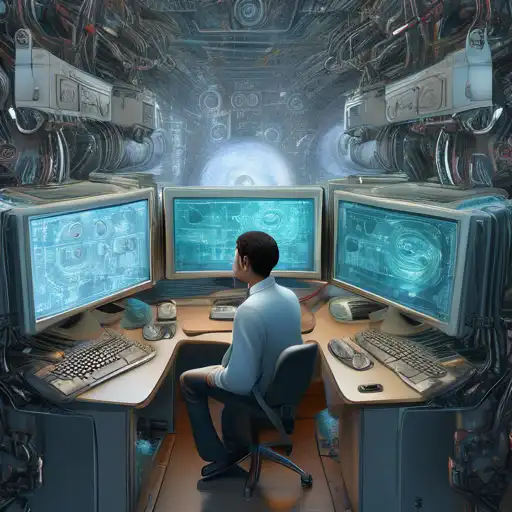Introduction to Computer Vision
Computer vision is a field of artificial intelligence that trains computers to interpret and understand the visual world. By leveraging digital images from cameras and videos and deep learning models, machines can accurately identify and classify objects—and then react to what they 'see'.
The Science Behind Computer Vision
At its core, computer vision seeks to replicate the complexity of human vision. It involves acquiring, processing, analyzing, and understanding digital images to extract high-dimensional data from the real world in order to produce numerical or symbolic information. This process is often broken down into three basic steps: image acquisition, image processing, and image analysis.
Applications of Computer Vision
Computer vision technology is being used in a variety of industries, from healthcare to automotive. Some of the most common applications include facial recognition systems, medical image analysis, self-driving cars, and augmented reality. Each of these applications relies on the ability of machines to process and interpret visual data accurately.
Challenges in Computer Vision
Despite its advancements, computer vision still faces several challenges. These include the need for large amounts of training data, the difficulty of interpreting images with poor lighting or occlusions, and the ethical concerns surrounding privacy and surveillance. Overcoming these challenges is crucial for the continued development of computer vision technologies.
The Future of Computer Vision
The future of computer vision is incredibly promising, with ongoing research focusing on improving accuracy, efficiency, and applicability. Innovations such as 3D image processing and real-time video analysis are paving the way for new applications that were previously unimaginable. As technology continues to evolve, the potential for computer vision to transform industries and improve lives is limitless.
For more insights into how artificial intelligence is changing the world, check out our article on The Impact of AI on Modern Society.
Conclusion
Computer vision is a rapidly evolving field that holds the key to unlocking new possibilities in technology and beyond. By teaching machines to see, we are opening the door to innovations that can enhance safety, efficiency, and convenience in our daily lives. As we continue to push the boundaries of what's possible, the future of computer vision looks brighter than ever.
